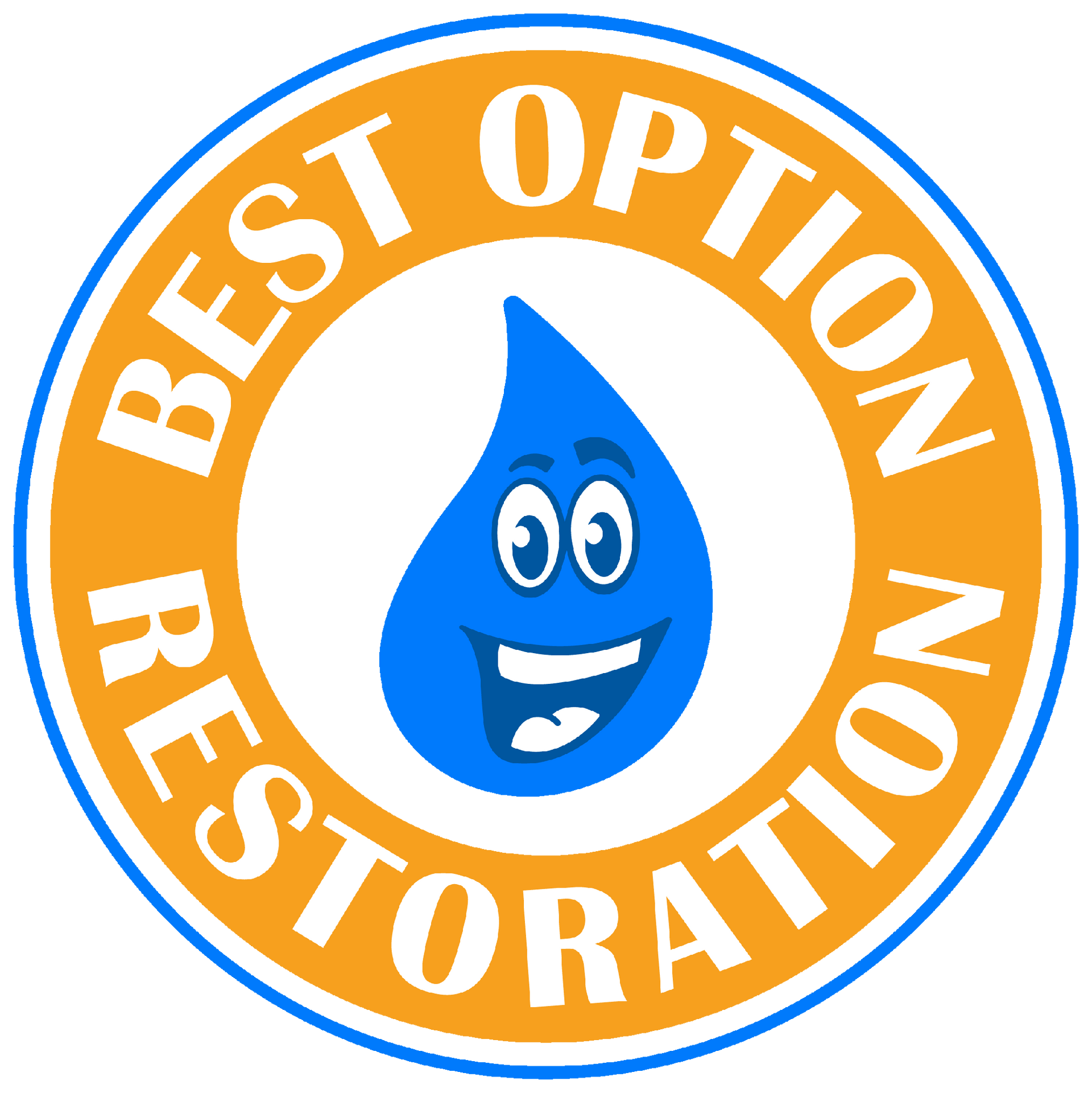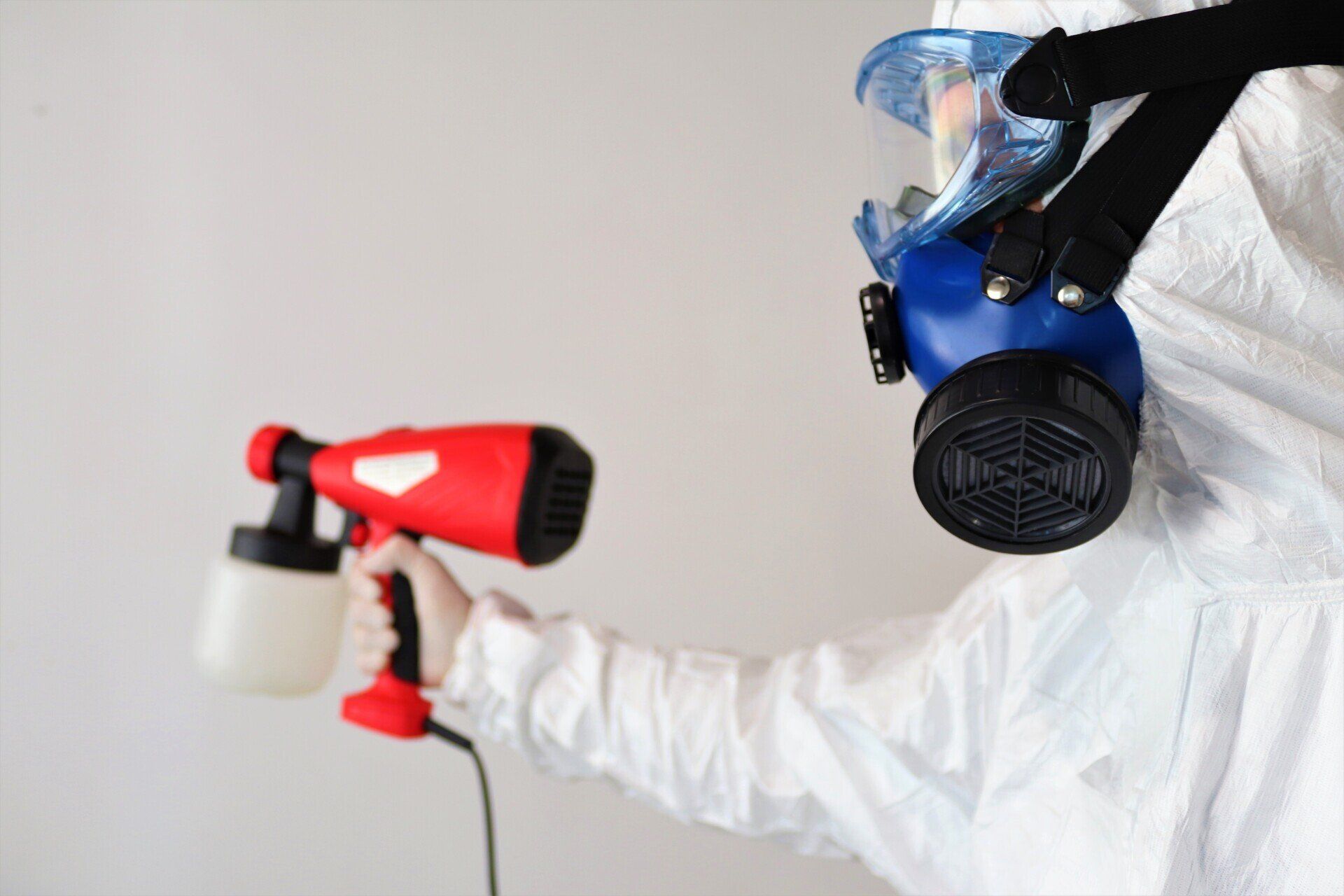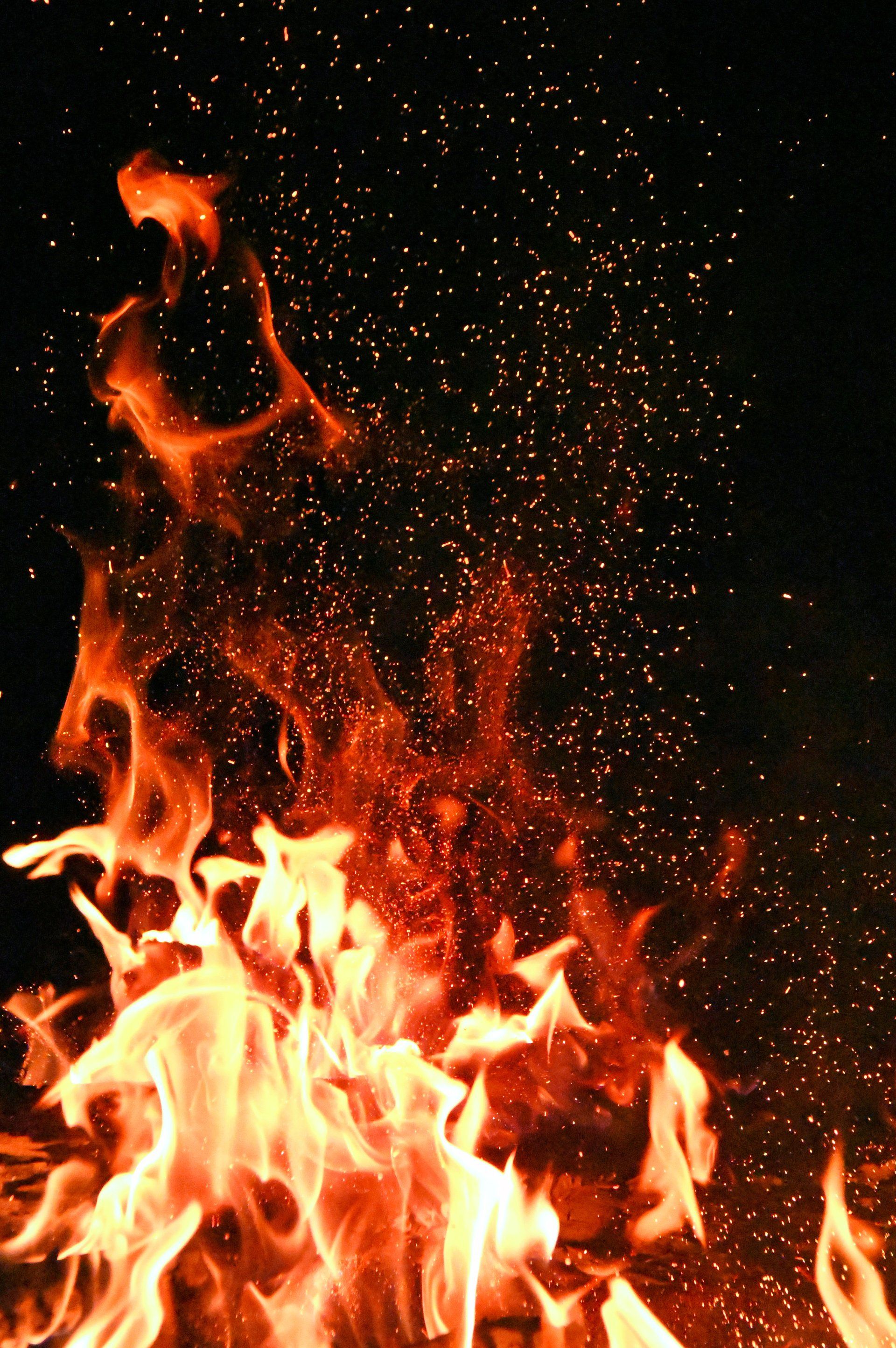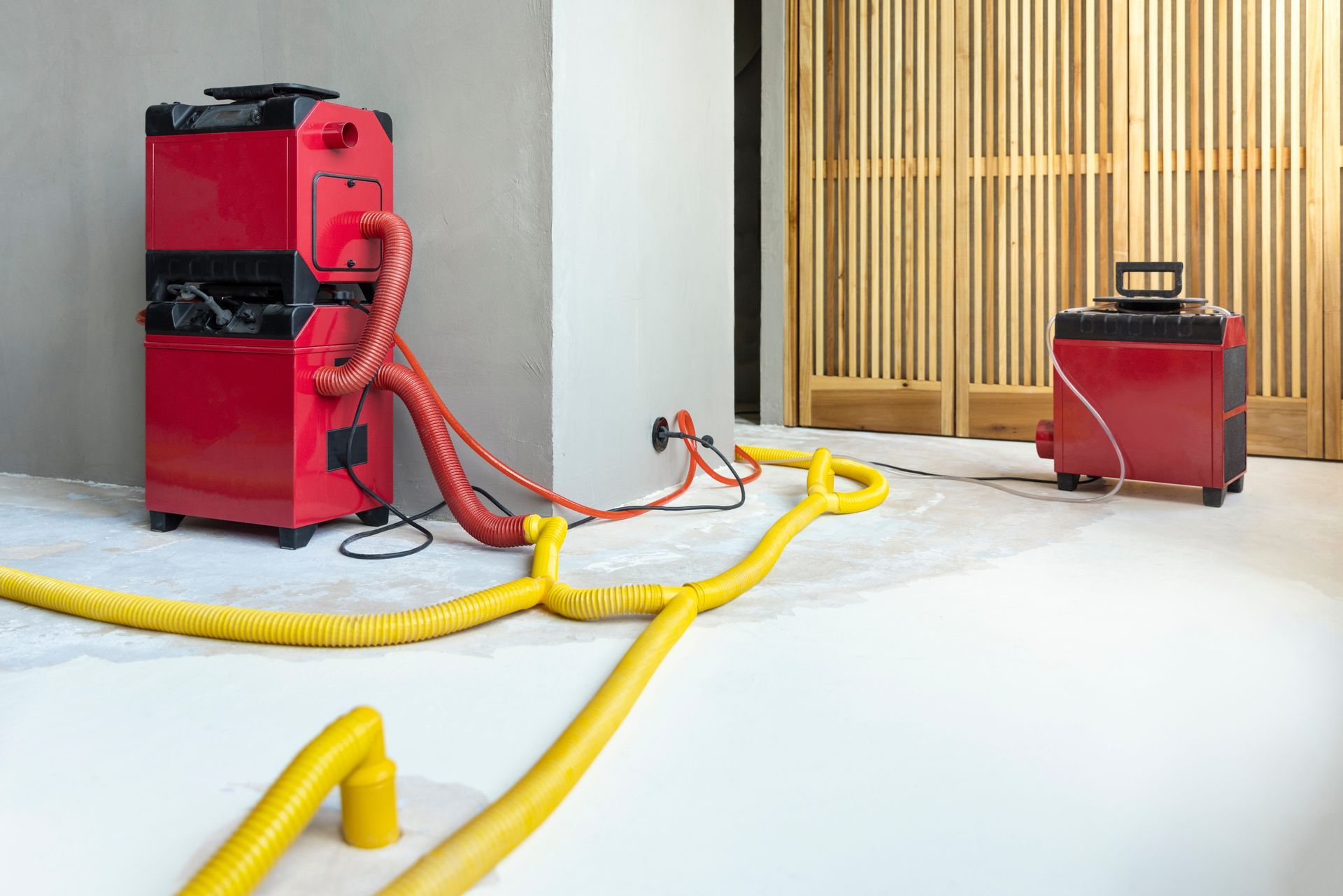Serving Phoenix, Mesa, & Surrounding Areas
Call 24/7 for Emergencies
Serving Phoenix, Mesa, & Surrounding Areas
Call 24/7 for Emergencies
Protecting Your Home from Fire Damage
Home Fire Damage Protection: Vital Measures for Safety
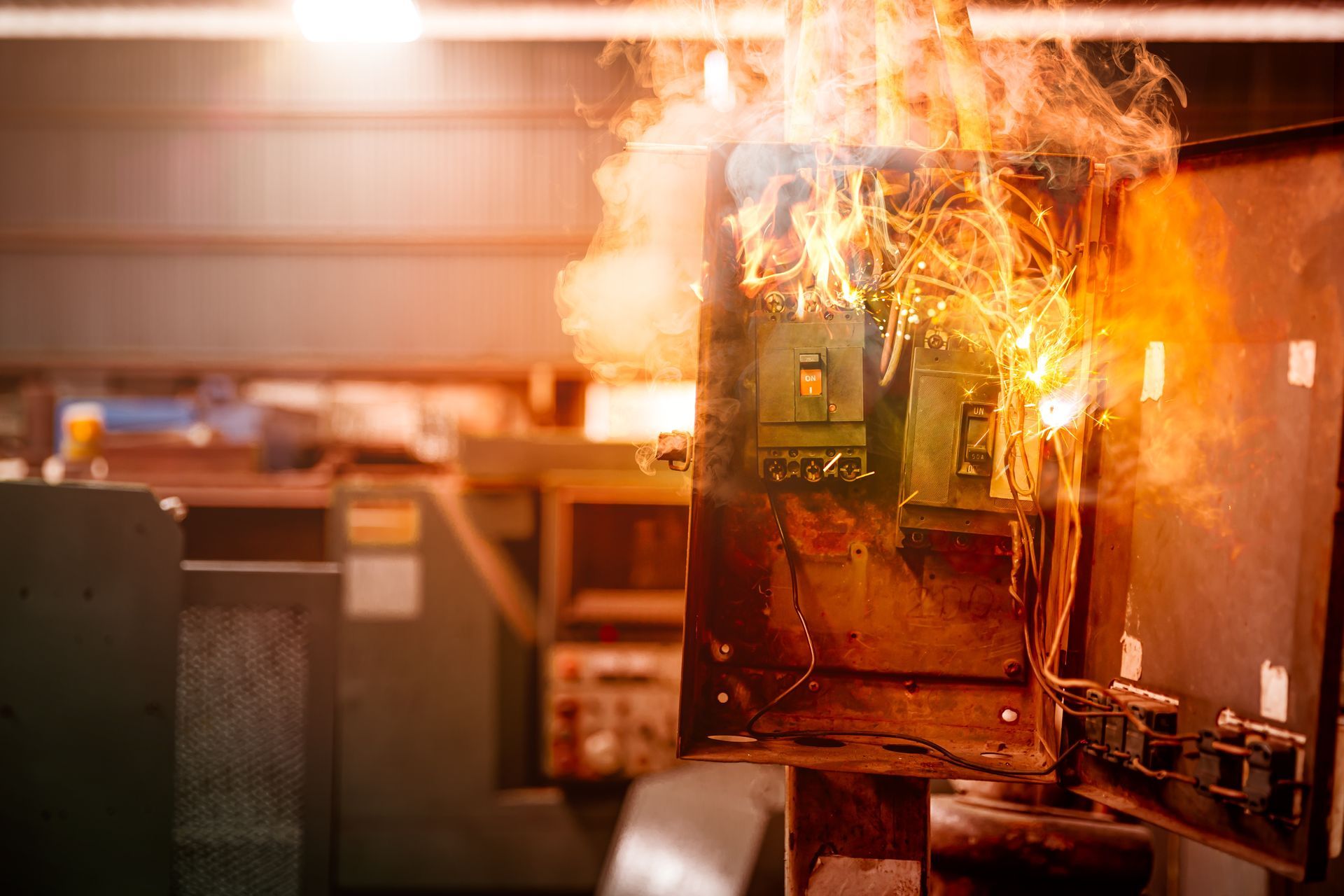
House fires pose a significant threat, with compelling potential for life-threatening harm and considerable financial implications. According to the National Fire Protection Association, U.S. fire departments respond to a home fire every 93 seconds. Beyond the immediate danger, fire damage can lead to long-term issues, including structural instability and smoke damage, often resulting in costly repairs. Given the severity of residential fires, this article will provide key fire prevention tips, discuss the importance of fireproofing your home, and explore essential fire safety equipment for home use.
Understanding the Risk Factors
Unattended cooking ranks as the leading cause of home fires. A moment of distraction can result in a devastating house fire, causing significant fire damage, especially when flammable materials like paper or cloth are left nearby. Heating equipment, particularly portable heaters, is another common cause of residential fires. These devices, if left unattended or placed too close to combustible materials, can quickly ignite a fire.
Winter months generally see a surge in home fires due to the increased use of heating appliances, holiday decorations, and candles. Electrical faults, including overloaded circuits and outdated wiring, contribute significantly to house fire incidents. As homes age, the electrical system may not be equipped to handle modern electrical loads, increasing fire risks. Furthermore, smokers should be cautious, as improperly discarded smoking materials have been linked to severe home fires.
The risk of a home fire escalates with the absence of fire safety equipment. A home without smoke alarms, fire extinguishers, and fire blankets is more vulnerable to house fire damage. The presence of these tools can make a difference between a contained incident and a catastrophic event, emphasizing the need for fireproofing your home. By understanding these common risks and taking appropriate measures, we can significantly reduce the likelihood of residential fires.
Understanding the Common Causes of Home Fires
While the risk factors for home fires are numerous and varied, certain causes are more prevalent than others. The National Fire Protection Association (NFPA) reports that cooking equipment, heating equipment, electrical systems, and smoking materials are among the most common causes of house fires. In the United States alone, home cooking fires account for 49% of all residential fires, demonstrating the critical need for fire safety awareness in everyday activities. Now, let's delve into these common causes of home fires.
Cooking-related Fires
Cooking-related fires primarily occur due to unattended cooking. For example, leaving a boiling pot unattended can cause the water to evaporate, leading the pot to overheat and ignite nearby flammable materials. Mishandling hot oil is another common cause. If overheated, oil can reach its flash point and catch fire, causing a dangerous kitchen blaze. Additionally, malfunctioning cooking appliances, such as a faulty stove or toaster, can lead to fires. A real-life example is the infamous recall of 2.5 million slow cookers in 2004, after numerous reports of the appliance causing fires due to a faulty control switch. These scenarios underscore the importance of vigilance and regular maintenance when cooking to prevent devastating home fires.
Electrical Fires
Faulty wiring, overloaded circuits, and misuse of electrical appliances are significant contributors to electrical fires. Aging electrical systems may struggle to handle the electrical load of modern appliances, resulting in overheating and potential ignition of surrounding materials. Overloading circuits by plugging in too many appliances can also trigger a fire. Common signs of potential electrical issues include frequent tripping of circuit breakers, flickering lights, discolored wall outlets, and a persistent burning smell. To minimize risks, regular inspection by a certified electrician is recommended. Avoid overloading outlets and ensure all electrical installations and repairs are performed by qualified professionals. These measures can significantly reduce the risk of an electrical fire at home.
Heating Equipment Fires
Improper maintenance of heating equipment, such as heaters, fireplaces, and furnaces, can lead to dangerous home fires. Neglected equipment may develop faults or accumulate flammable material like dust or lint, creating potential fire hazards. This threat is especially prevalent during colder months when these devices are in frequent use. To prevent these incidents, regular cleaning and inspection by a professional technician are crucial. They can identify and rectify issues before they escalate into serious problems. Install protective screens for fireplaces and maintain a safe distance between heaters and combustible materials. Additionally, using the right kind of fuel for space heaters and ensuring adequate ventilation for all heating devices can significantly reduce the risk of a heating equipment fire.
Fire Prevention Tips
Fire prevention is integral to ensuring the safety of your home and family. Understanding the common causes of a home fire is the first step toward prevention; the second is implementing practical and effective fire prevention measures. Here are some timely fire prevention tips guiding you on how to fireproof your home and secure the well-being of your family.
Regular Inspection and Maintenance
Regular inspection and maintenance of all potential fire-prone areas and appliances in your home are fundamental to preventing house fires. This includes electrical systems, heating equipment, and cooking appliances. Regularly scheduled professional inspections can identify and fix potential risks before they escalate into dangerous situations. Services like Best Option Restoration provide comprehensive inspections, ensuring all fire safety measures are in place and functioning correctly. Their expert team can detect and rectify issues that may not be apparent to untrained eyes, substantially reducing your risk of fire damage. Trusting a professional with these inspections allows for an in-depth evaluation of your home's safety levels, giving you peace of mind knowing your home is prepared for fire prevention.
Proper Storage of Flammable Materials
Incorrect storage of flammable materials, like gasoline, cleaning chemicals, and aerosols, can significantly increase the risk of house fires. Often, negligence in storing these substances near heat sources or in inadequately ventilated areas can lead to disastrous combustions. To mitigate this, store flammable substances in cool, well-ventilated areas, away from any direct heat sources. Use appropriate containers, preferably those intended for the specific substance, and ensure they are sealed properly to prevent accidental spills or leaks. Lastly, keep these materials out of reach of children and pets. By adhering to these guidelines, you can drastically reduce the likelihood of a fire incident caused by improperly stored flammable materials.
Fire-Resistant Building Materials
Fire-resistant building materials play a crucial role in reducing the risk of fire damage. These materials are designed to withstand high temperatures, slowing the spread of flames and minimizing structural damage. For instance, fire-retardant-treated wood, a commonly used fire-resistant material, can be used in decks, siding, and roof sheathing. Fire-resistant drywall, another essential material, is ideal for walls and ceilings. Non-combustible insulation, such as mineral wool, can be used in attics and walls for added protection. Fire-resistant glass for windows can also help prevent the spread of fire. By incorporating these materials in your home construction or renovation, you can significantly enhance your home's fire safety and protection.
Smoke Detectors and Fire Alarms
Smoke detectors and fire alarms are essential elements of home fire protection. These devices provide early warning of fire, allowing for quick and safe evacuation. Install them in high-risk areas like kitchens, garages, and nearby bedrooms to ensure prompt detection of smoke or fire. It's recommended to install one on each level of your home, including the basement and the attic. Regular maintenance, which often involves monthly testing and battery replacement at least once a year, is also crucial to ensure their reliability. In addition to this, smoke detectors and fire alarms should be replaced entirely every ten years. By prioritizing these practices, you significantly enhance your home's protection against fire damage.
Fire Extinguishers
Fire extinguishers are vital for immediate response to a home fire. Having them accessible in key areas such as the kitchen, garage, and near the fireplace can make a significant difference in minimizing fire damage. When using a fire extinguisher, remember the acronym PASS: Pull the pin, Aim at the base of the fire, Squeeze the handle, and Sweep from side to side. This simple yet effective process can help contain small fires before they escalate. However, safety should always take precedence; if the fire is beyond your control, evacuate and call your local fire department immediately.
Fire Safety Plan
An effective fire safety plan is a critical component of residential fire protection. It provides a blueprint for safe evacuation, minimizing panic and confusion amidst the chaos of a fire emergency. To craft a plan:
- Identify two escape routes from each room and ensure all windows and doors are easily accessible and operable.
- Teach family members how to crawl low under smoke and to stop, drop, and roll if their clothes catch fire.
- Regularly practice the plan, ideally twice a year, varying the scenarios to account for different potential fires.
- Remember to designate an outdoor meeting spot and stress the importance of never re-entering a burning building.
A well-practiced fire safety plan can be a lifesaver in the event of a house fire.
The Aftermath: Recovering from a Home Fire
In the unfortunate aftermath of a home fire, it is essential to take immediate, measured steps towards recovery. Begin by contacting your insurance company as soon as possible to report the fire incident and initiate the claims process. Following this, secure temporary housing for your family if your home is uninhabitable due to significant fire damage.
When safe to do so, return to your home to assess the extent of the fire and smoke damage. However, remember that safety should always come first; do not enter your home until the fire department indicates it is safe to do so. Once given the clearance, you may begin the process of cleaning and salvaging what you can. Be sure to wear appropriate protective gear, including gloves, masks, and eye protection, to safeguard against lingering toxins and debris.
Cleaning and restoring a home after a fire is a daunting task; it's not just about physical repair but also addressing smoky odors, soot accumulation, and water damage from fire suppression efforts. Consider seeking professional help for this meticulous process.
Companies such as Best Option Restoration offer specialized services for fire damage cleanup, including smoke and soot removal, deodorizing, and structural repair, ensuring your home is restored to its pre-fire condition in the safest and most efficient manner. Remember, navigating the aftermath of a house fire can be overwhelming and emotionally taxing; getting professional help can ease this burden.
Ensuring a Fireproof Future with Best Option Restoration
At Best Option Restoration, we prioritize your safety above all. Our team of experienced professionals is equipped with the latest technology to help you navigate the aftermath of a home fire. From smoke damage cleanup to comprehensive structural repair, we work tirelessly to restore your home to its former state, minimizing disruption to your everyday life. Don't let a house fire damage your peace of mind. Make a proactive choice towards a secure, fireproof future with Best Option Restoration. Call us today for your home's fire protection needs.
Best Option Restoration
Best Option Restoration
Best Option Restoration of Mesa Chandler Gilbert is part of the Best Option Restoration Network, a trusted national leader in the disaster restoration industry. Best Option Restoration currently has open opportunities nationwide. If you would like more information on becoming a franchise owner with us, request your free Franchise Discovery Kit now.
IICRC Certified
Our Services
Our Contact Info
Best Option Restoration
All Rights Reserved | Best Option Restoration
